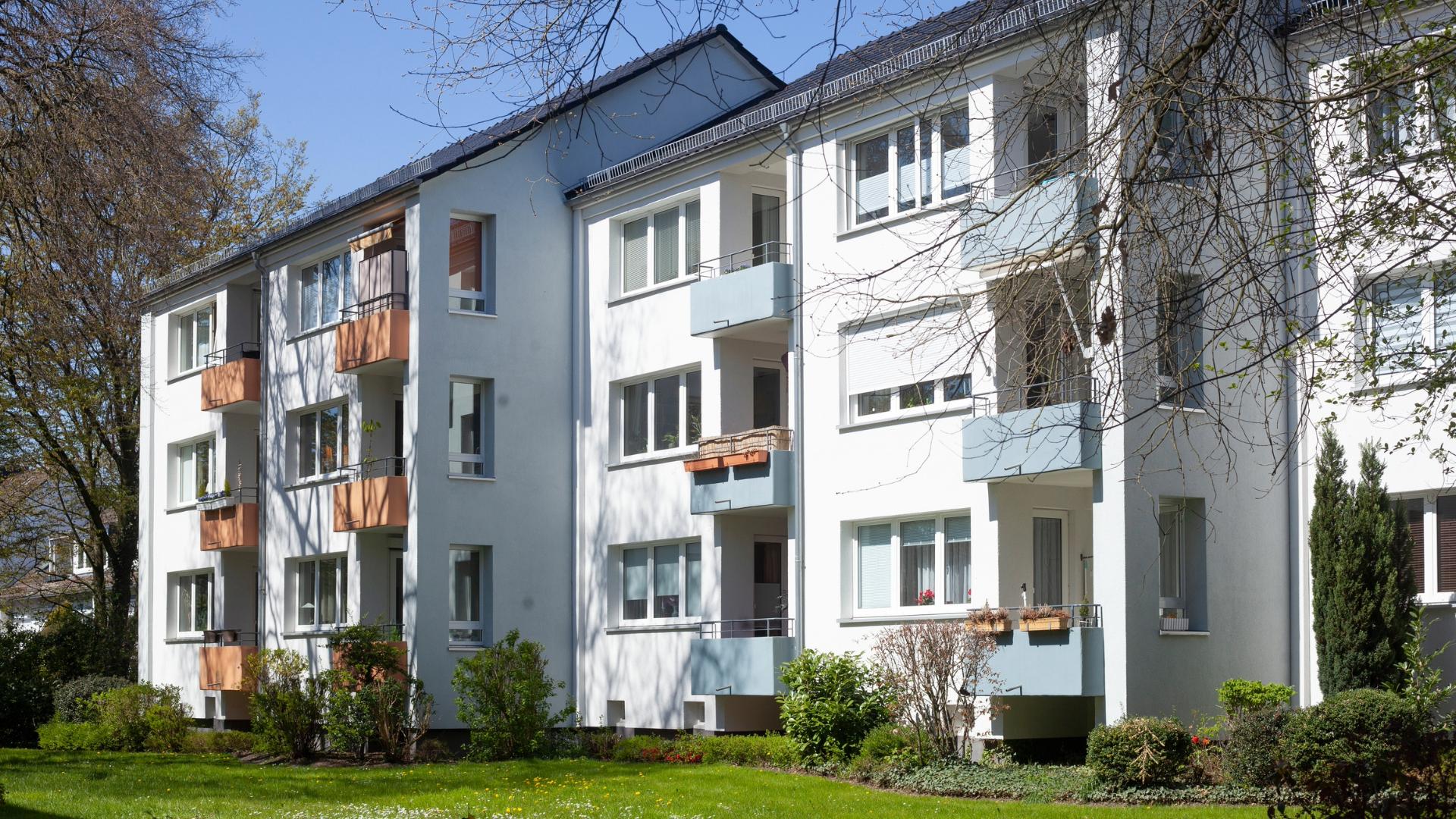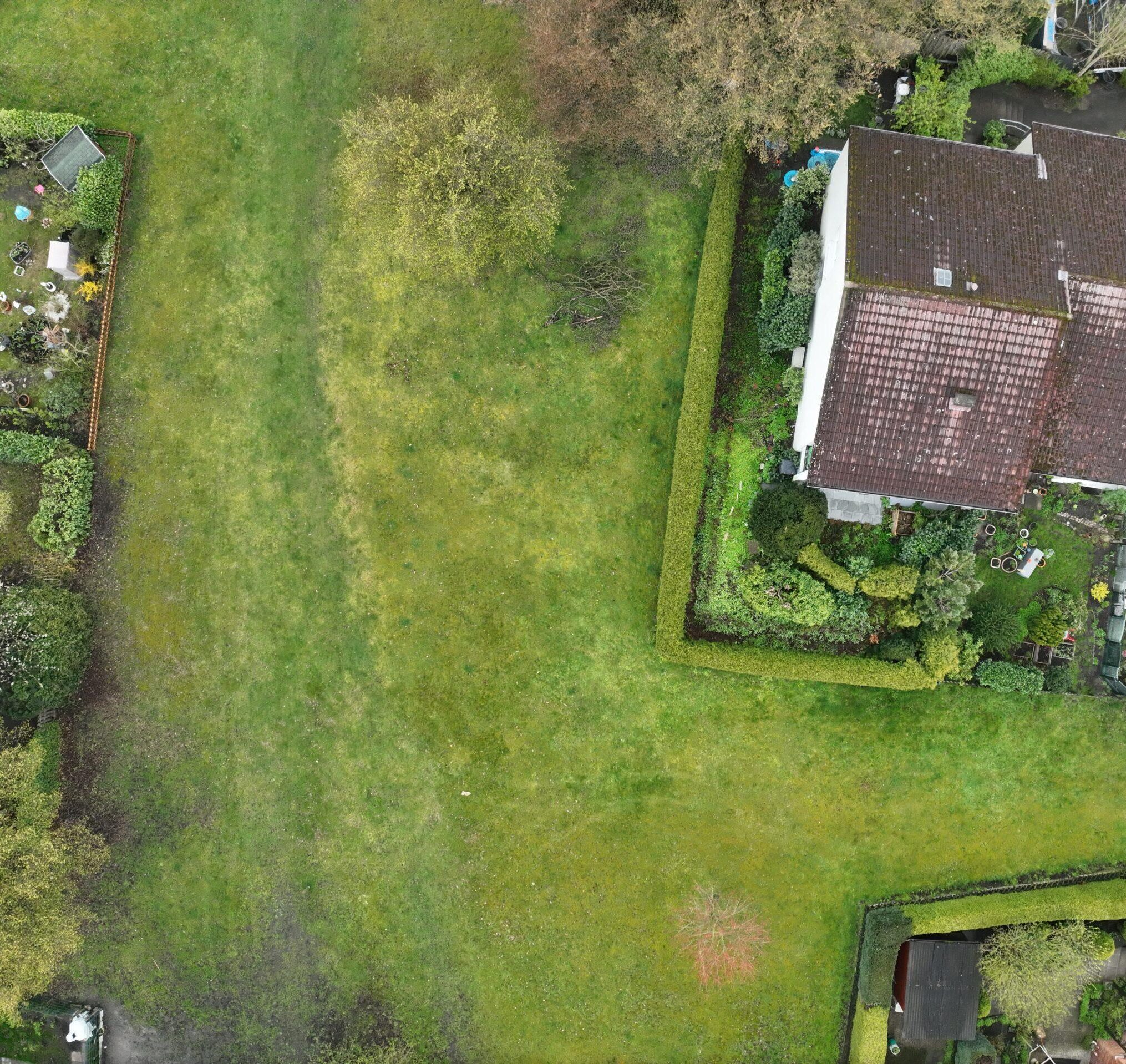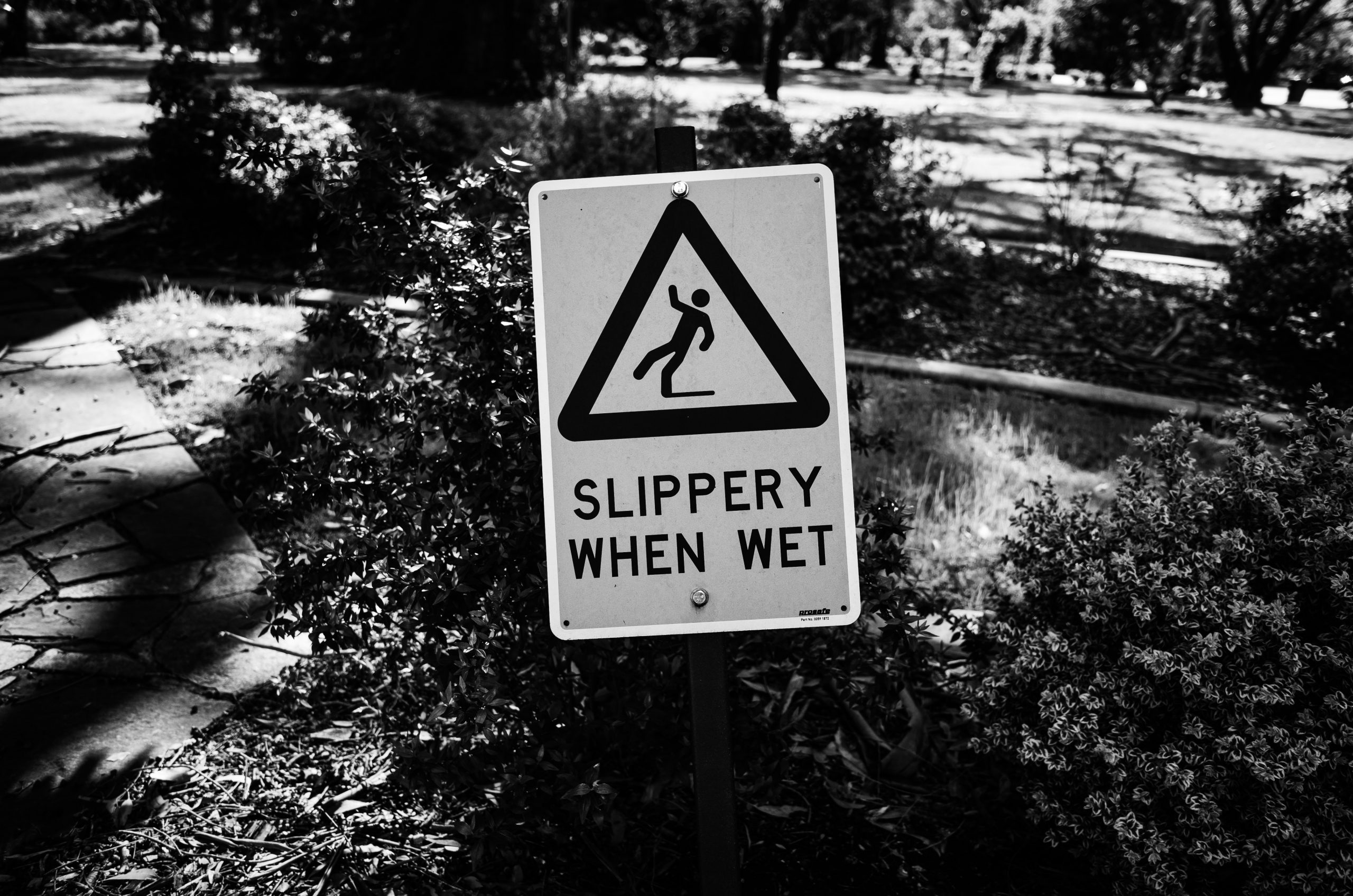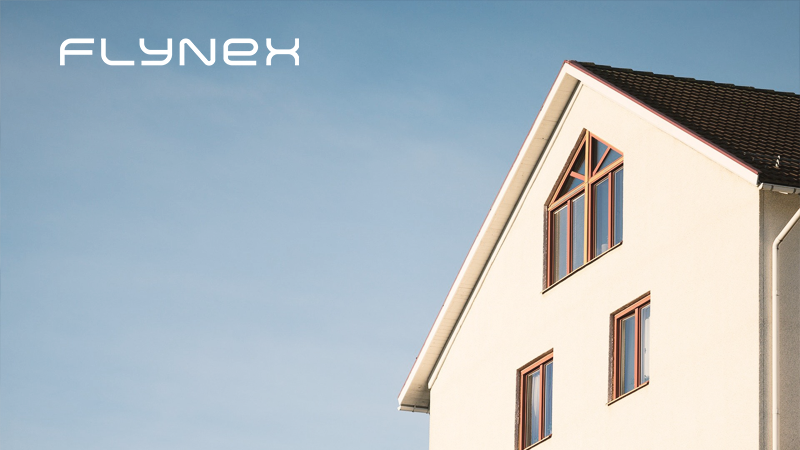In the construction industry, drones are used primarily in the commercial sector to document construction progress. However, drones are also starting to be used for this purpose in private house construction.
The advantages of building documentation from the air are obvious
The bird’s eye view is the best way to show construction progress. Besides, the use of drones is quite inexpensive in this case, as the conventional RGB camera of a drone is enough for this purpose. Since already the cameras of commercial models offer a sufficient resolution for this purpose, also the costs for the drone deployment remain in a manageable range. This means that the deployment can take place more often and the construction process can be recorded in more detail than with conventional methods, such as ground-based photography.
Compared to ground-based photography, drones offer clear advantages, especially in urban environments, as they can also ascend in densely built-up areas and provide an overall picture. This is not always possible from the ground. The use of cranes is also expensive and not feasible everywhere.
Surveying with drones is widely spread
As we have already reported in our article on surveying with drones, drones are particularly well suited for this purpose. They are faster than surveyors on foot and the data collected is more detailed. Also, obstacles on the ground can´t stop them. By using mapping software, such as Pix4D, it is possible to create a 3D model after the flight.
(3D Model of the “Leipziger Spinnerei in Leipzig, Germany. Source: ProCopter GmbH)
Roof inspections become safer and more cost-effective using drones
Another possibility to use drones in the construction industry is roof inspections. The use of drones enables the roofer to carry out visual inspection of a house roof cost-effectively and safely. He no longer must climb onto the roof but can safely inspect it from the ground by letting the drone fly over the roof. The measurements are more accurate because the data generated by the drone is more detailed. This allows a more accurate cost estimate to be prepared for the customer. By using the appropriate software, the preparation of the measurement can also be carried out more quickly.
(Drone lifting off for a roof inspection)
UAV operations in road construction
In road construction, drones provide a quick overview of the current status of a construction project. The traffic is not affected by the inspections and the drone does the job faster than a construction inspector on foot thanks to its higher speed.
Another particularly innovative feature is the use of drones to efficiently detect road damage.
UAVs for building inspections
Another reason to use drones in the construction industry is the inspection of existing structures. Damage caused by age or the daily loading of bridges, for example, make regular testing for cracks, corrosion, deformations and other damage indispensable to ensure continuous safety.
The use of drones offers enormous advantages, especially for large and inaccessible structures such as high-rise buildings, power plants, bridges or chimneys. While the drone can be launched from a safe location, it can operate independently of terrain and since it can fly at a significantly higher speed than inspectors can do inspections on scaffolding, the inspection itself is faster, too. The drone can work in more detail because it can photograph the entire structure piece by piece from the air. The fact that the drone works with GPS and other sensors makes it easy to determine the exact location of any damage.
(Image of a bridge inspection using a drone. Source: ProCopter GmbH)
Future use of drones in the Smart City
Urban Air Mobility is a vision of the future that is currently being driven primarily by the concepts of drone-based deliveries and air taxis. However, there are many more ideas for the sensible use of drones in urban areas.
University has a vision that drones should repair roads
The University of Leeds is working on the concept of a self-repairing city. The idea is to combine new technologies such as drones and 3D printers to detect and eliminate potholes. The university plans that in 2050 potholes will be detected by drones and repaired by patching from 3D printers – ideally, of course, completely autonomously. This would result in potholes being identified and repaired more quickly to avoid congestion and major damage.
We would be delighted if this technology could even be market-ready and deployed earlier!
Technical requirements for drones in the construction sector
For most applications in the construction industry, a drone with an RGB camera is sufficient. Especially for thermographic analyses of house roofs and facades, the use of a thermal imaging camera is necessary.
If, however, one restricts oneself to the construction progress documentation, in most cases, there is no need for a high-priced drone. Much more important is that the drone is equipped with GPS and RTK sensors. In addition, the drone should be capable of flying routes that are uploaded to it. This is not only helpful for recurring use in the documentation, but it is also necessary. This ensures that the drone always takes pictures in the same places during individual missions. This is also helpful for marketing purposes, as it enables visually appealing time-lapse images to be produced which can then be shown to customers. Also, the marketing department can use these images to create appealing advertising material.
Construction companies do not need to own a drone themselves
Many construction companies shy away from purchasing their own drones for documentation purposes. The integration into existing work processes seems complex and the corresponding pilot must also be trained. Until now, it has often been felt that conventional methods are still enough to document construction progress.
However, for construction companies that have not yet used drones, another solution may be attractive:
The use of an external pilot with a drone
The number of drones in Germany is increasing daily. Although these are mostly recreational drones, some of these models are already suitable for documenting construction progress. Construction companies could, therefore, rely on freelance drone pilots for the time being, as the costs for individual missions would be kept within reasonable limits and are nevertheless cheaper than the use of inspectors with handheld cameras.
To plan, fly and analyze the missions, FlyNex HORIZON can help to integrate the drone and its flight results into existing work processes.
Advantages of using HORIZON
Our high-quality data based on over 165 sources ensures that flight planning is carried out in compliance with the law. No previous knowledge of aviation is required to create a route, which shortens the familiarization phase with the software. HORIZON allows the company to independently manage different projects, drones, and pilots. As we have a role and rights management system, it is also possible to work together with external employees, such as freelance pilots. This means that the company can plan the routes itself but can easily leave the execution to an external person. In addition, by setting different roles and rights, the respective employees within the company can only work on what is relevant to them.
The pilot can fill out checklists before flying. The ascents can be managed by the company. The collected data can be stored within HORIZON and forwarded directly from the pilot to other employees in the company. This data can then be evaluated or exported to other software for analysis.
Our goal is to integrate drones into existing work processes, as we firmly believe that drones are an asset in any industry. They can accelerate processes, provide more detailed data, increase security and they are more cost-effective than traditional methods.
The FlyNex Team







